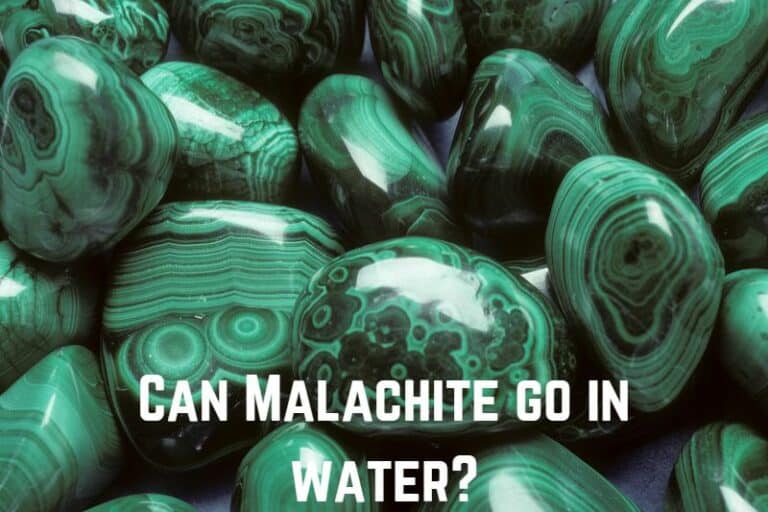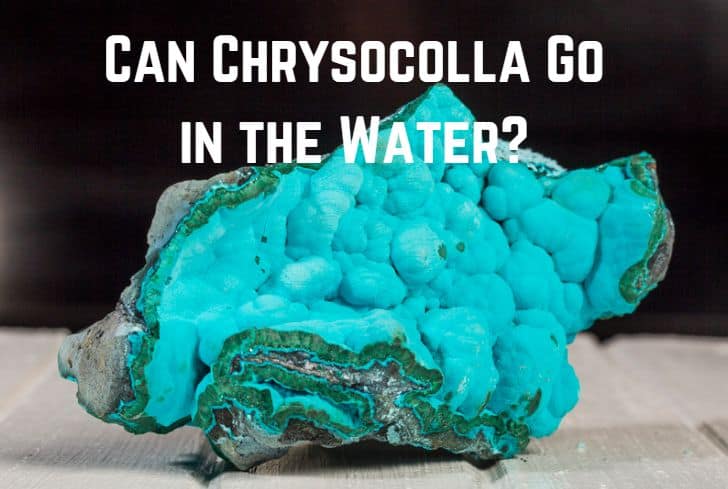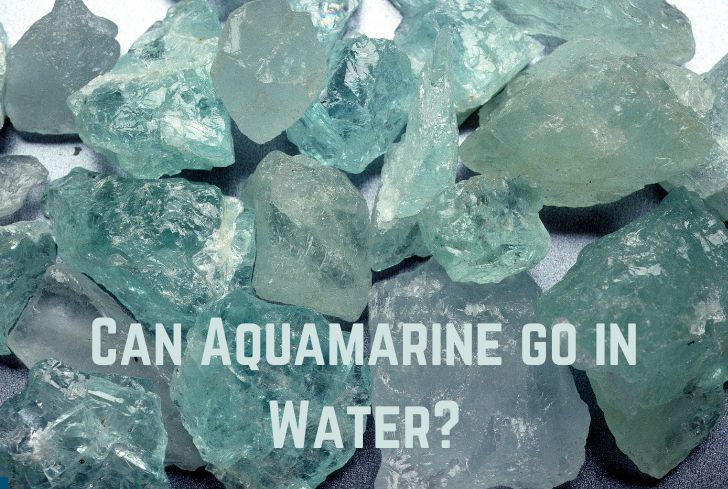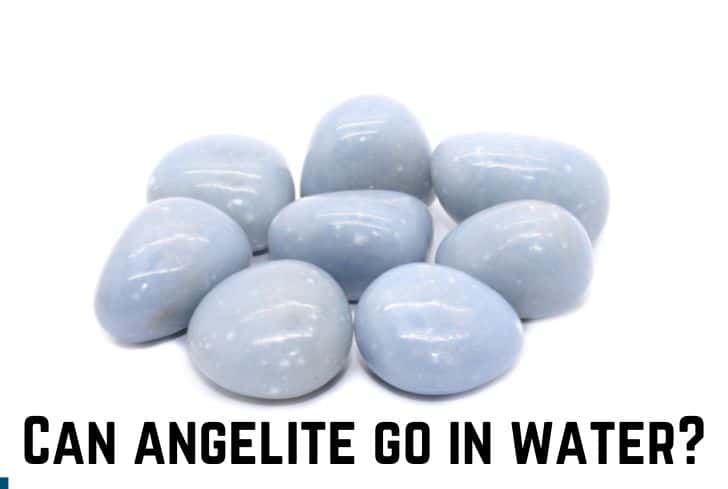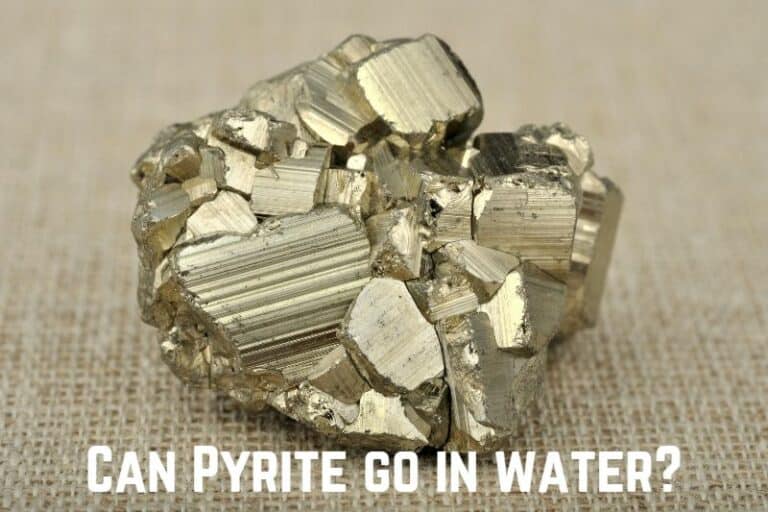Malachite vs Jade (Differences & Similarities)
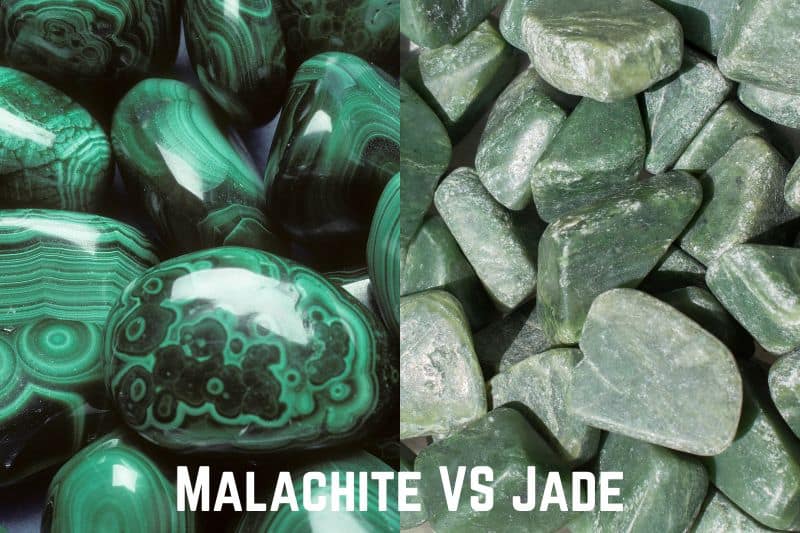
Malachite and jade are both beautiful non-transparent stones that have been popular since ancient times. Today, they are primarily used in decoration and jewelry. Despite some similarities, the two stones are quite different in many aspects, from chemical composition to market value.
In this article, we will discuss these two stones. We will begin with brief introductions of malachite and jade. Then we will look at the few similarities between them. Finally, we will talk about how they differ in aspects like color, size, hardness, etc.
Read: Alexandrite vs Amethyst (Properties & Composition)
What is Malachite?
Malachite is a copper carbonate hydroxide mineral, having the chemical formula of Cu2CO3(OH)2. Malachite was one of the first copper ores and continues to be popular today as a gemstone.
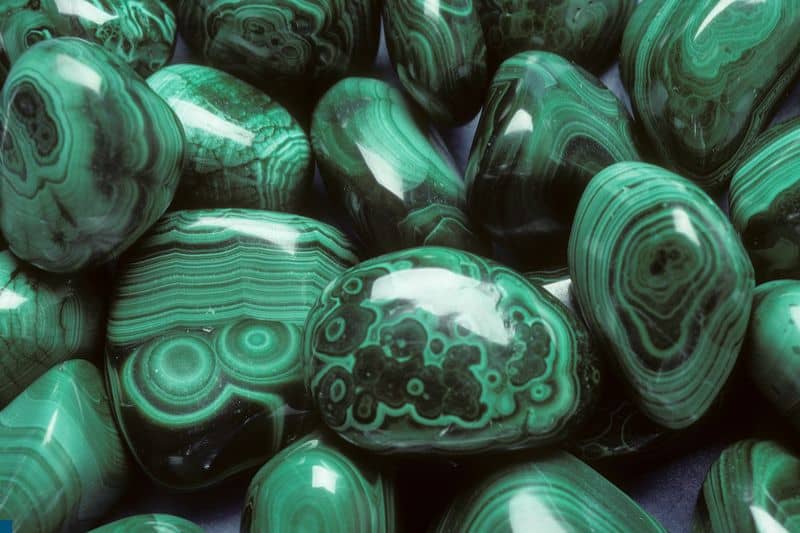
The name of the stone is derived from the Greek term malāchē meaning “mallow”; this is because the mineral’s green color resembles the leaves of the mallow tree. This green color is derived from the oxidized copper present in the mineral.
Malachite is an opaque, green-banded mineral that has a very bright luster. It usually forms in botryoidal, fibrous, or stalagmitic masses, where it crystallizes in the monoclinic crystal system. The stone has perfect cleavage in one direction.
The mineral has one of the first ores of copper, although it is now mostly used for other purposes. Jewelry is the most common one, thanks to the stone’s bright green color, lustrous polish, banding & eyes. For a long time, malachite was also used as a pigment, and artists like Pietro Perugino used it in their paintings.
What is Jade?
Jade is a gemstone that has been highly valued since historical times for its aesthetic, spiritual, and practical uses. It refers to two different silicate minerals: jadeite (a silicate of sodium and aluminum) and nephrite (a silicate of calcium and magnesium).
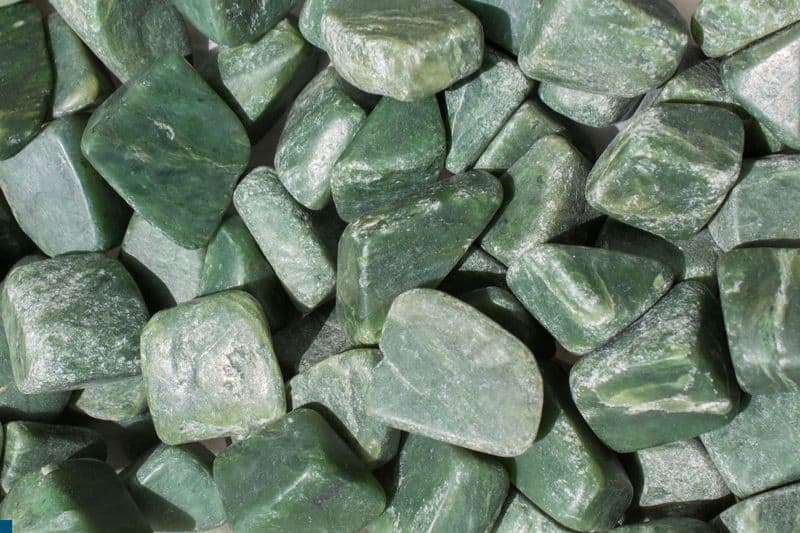
Both minerals were traded as “jade” and thought to be the same until the mid-1800s. However, they are quite different. Jadeite is a silicate of sodium and aluminum in the pyroxene group. It has a very fine granulation and comes in many colors. The most prized one is the deep green variant.
Nephrite, on the other hand, is a silicate of calcium and magnesium in the amphibole group of minerals. It was first discovered by French mineralogist Alexis Damour in 1863. Nephrite needs a high amount of iron to get a green color. This variant of jade is softer and less translucent than jadeite, and therefore, it is also less valuable.
Similarities Between Malachite and Jade
These are the similarities between malachite and jade:
- Uses: Both malachite and jade are used for decorative purposes and jewelry. If you are looking for decoration, then both malachite and jade can be great choices, although they have different specialties.
Since malachite is quite soft and has very busy patterns/textures, it does not usually come in intricate designs. Instead, people usually really on the natural pattern of the stone and create simplistic designs. For example, a large slab of malachite can be used as a tabletop, showcasing a beautiful floral pattern.
Jade does not have a texture. It is also much harder, so it can be carved into more intricate objects. For example, you can create a jade dragon with a scaly body and even include a forked tongue.
Both minerals are also great for jewelry, although they differ in terms of hardness and price.
- Green color: Malachite and jade are both known for their beautiful green colors.
Malachite only exists in green color: it is an opaque, green-banded mineral that has a very bright luster. While jade exists in many different colors, its green variant (jadeite) is the most sought-after one.
A green malachite specimen and a very fine green jadeite would look quite similar. However, there are still some subtle differences in their appearance, which we will discuss later.
- Historical Use: Both malachite and jade have been used since ancient times for creating jewelry.
Malachite was mined from deposits near the Isthmus of Suez and the Sinai as early as 4000 BCE. At the Timna Valley in Israel, the mineral has also been mined for over 3000 years to obtain copper.
The mineral was widely used by ancient Egyptians. It was also mined extensively in Britain (Great Orme Mines) 3,800 years ago, using stone and bone tools. Jade also has a long history.
It has been used in South Asian as well as Latin American culture. In Mesoamerica, the stone was highly valued as it was rare. It was associated with several symbolic and ideological rituals of the Olmecs, the Maya people, and other ancient civilizations of the Valley of Mexico.
Differences Between Malachite and Jade
Composition
Malachite and jade differ completely in their chemical composition.
Malachite is a copper carbonate hydroxide mineral, having the chemical formula Cu2CO3(OH)2. The green color is due to the oxidized copper present in the mineral
Jade, on the other hand, refers to two silicate minerals: jadeite (a silicate of sodium and aluminum) and nephrite (a silicate of calcium and magnesium).
The two minerals are also formed differently. Malachite is formed near the Earth’s surface by weathering copper ore deposits. It usually occurs in the oxidized zones of copper deposits, where copper-rich solutions interact with limestone or other carbonate rocks.
Because of this, we often find malachite in association with copper mines, and as we discussed above, malachite was popularly used as an ore of copper. Jade, on the other hand, is formed due to metamorphic conditions deep under the earth: nephrite is found in low-pressure areas and jadeite in high-pressure ones.
Color
Malachite only appears in green color while jade can exist in all colors.
Malachite exists as an opaque, green-banded mineral with a very bright luster. Jade comes in almost all colors but is primarily green. The Nephrite variant also occurs in a creamy white form, which is known as “mutton fat” jade in China.
The most prized variety (both historically and in the present) is the translucent emerald-green jadeite. It is sometimes also known as “imperial jade”. Jade is also sometimes heat-treated to improve its appearance.
However, even when malachite and jade are both green, they have subtle differences in appearance. Malachite has an intense green color while jade has an olive/pastel green look.
Size
Malachite usually comes in larger sizes than jade.
Malachite is commonly found on the Earth, and usually, very large specimens are mined. These pieces can weigh several metric tons and can be used accordingly. For example, the Malachite room in the Winter Palace in St. Petersburg has huge structures.
These include malachite pillars, a malachite fireplace mask, and several other decorations. The Winter Palace has a Hermitage skylight room, which is adorned with a malachite vase having gold detailing.
Although jade also comes in considerable size, it is never as large as malachite. Jade ornaments are usually quite small but detailed (since they are hard, they can be cut easily). So, malachite is great if you need large specimens, and jade is better if you need small, intricate pieces.
Hardness
Malachite is quite soft, while jade is hard.
We use the Mohs Hardness Scale to determine a mineral’s hardness by measuring its resistance against other minerals. Malachite has a value of only 3.5 on the Mohs Scale, which is just above the hardness of a pearl. So, it is quite a soft mineral, which cannot even go in the water (minerals above 5.0 are safe underwater).
Jade, on the other hand, has a value of about 6.5 on the Mohs Scale (Jadeite scores 7 while nephrite scores 6). So, it is much tougher than malachite, which is why it is easier to cut it into intricate shapes. It can be used in most kinds of jewelry, although long & thin pieces (such as pure jade hoop earrings or long pendants) may be prone to damage.
Pattern and Clarity
Malachite has a banded appearance while jade has a uniform look; they also differ in terms of luster.
Malachite has dark green banding formations in circular patterns. This banded appearance can often work well with other pieces. Jade, on the other hand, is usually uniform in color. Even if it does have a pattern, it won’t be as noticeable as malachite’s pattern.
They also differ in terms of texture: malachite does not have a luster in its raw form, and even after being cut and polished, it cannot be as smooth as jade. Besides polishing, malachite may also need resin coating for both protection and shine.
Jade, on the other hand, is incredibly shiny. It has a great, natural luster even when it’s raw. After being cut and polished, it almost looks like glass.
Finally, malachite is a completely opaque stone. In contrast, jade is semi-translucent, which adds to its market value.
Location
Malachite and jade are found in different locations.
Malachite is usually found near copper deposits. Significant mines of malachite occur in Russia, the Democratic Republic of Congo, Australia, etc. Jade, on the other hand, is commonly found in Burma (popular for jadeite), Central America, China, etc.
Read: Garnet vs Ruby (Properties & Composition)
Care
The two stones have to be cared for differently.
Since malachite is quite soft, it cannot be immersed or heat treated. Instead, it is best to rub it with a soft cloth. It can get scratched easily and therefore needs to be placed in a protective setting (such as a bezel).
In general, it is best to use the mineral only for necklaces, earrings, or pins: these jewelry pieces are less prone to wear and tear. Jade, on the other hand, is quite tough. So, it can be cleaned with mild detergent and warm water; you can also use a soft brush for cleaning.
With jade, you can also use mechanical systems like steam cleaners, although this is not recommended if your jade has cracks. Acid treatments and harsh chemicals will also damage the stone.
Conclusion
In this article, we have looked at malachite and jade. While the two stones may have some similarities (such as their popular green variants), they differ in most aspects, from chemical composition to care.


